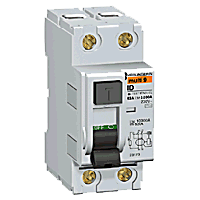stardustsailor
Well-Known Member
Thanks for sharing the numbers and a side pic. Will remember page 14 of this thread for the equation.
This masterpiece is only missing its artists signature logo.
You've asked me about which types of thermocouples should be used ...
Actually ,there are three types of thermocouples mainly used for measuring Tc of COB LED arrays ...
1 ) Type K : Type K (chromel – alumel) is the most common general purpose thermocouple with a sensitivity of approximately 41 µV/°C (chromel positive relative to alumel when the junction temperature is higher than the reference temperature).[9] It is inexpensive, and a wide variety of probes are available in its −200 °C to +1350 °C / -330 °F to +2460 °F range.Type K (chromel – alumel) is the most common general purpose thermocouple with a sensitivity of approximately 41 µV/°C (chromel positive relative to alumel when the junction temperature is higher than the reference temperature). It is inexpensive, and a wide variety of probes are available in its −200 °C to +1350 °C / -330 °F to +2460 °F range.Can not be soldered .Use 2-part thermal epoxy adhensive or thermal silicone to attach it .
2 ) Type J : Type J (iron – constantan) has a more restricted range (−40 °C to +750 °C) than type K , but higher sensitivity of about 50 µV/°C.[2] The Curie point of the iron (770 °C)[8] causes a smooth change in the characteristic, which determines the upper temperature limit.Can not be soldered .Use 2-part thermal epoxy adhensive or thermal silicone glue to attach it .
3 ) Type T : Type T (copper – constantan) thermocouples are suited for measurements in the −200 to 350 °C range. Often used as a differential measurement since only copper wire touches the probes. Since both conductors are non-magnetic, there is no Curie point and thus no abrupt change in characteristics. Type T thermocouples have a sensitivity of about 43 µV/°C. Note that copper has a much higher thermal conductivity than the alloys generally used in thermocouple constructions, and so it is necessary to exercise extra care with thermally anchoring type T thermocouples.
Can be soldered to a copper plated Tc measurement pad .
Cheers.


























